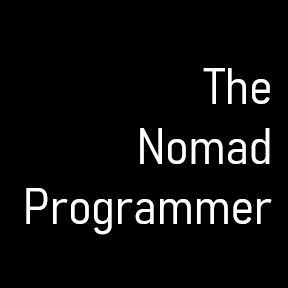Having had interviews with Directors of large organizations, one constant request from them is the concept of best practices. Proven methods by which to use a particular technology, organize projects, or deploy a web application. Often, I am brought inside an organization to help the development teams and share proven methods with them. After having done a couple of these engagements, I can tell you that senior leadership does not want “best practices,” they want reinforceable training for their teams.
Let me explain. In the beginning, Directors truly want training for their employees. The senior leadership believes that having a consultant embedded with the development team day in and day out will help the transfer of knowledge happen faster and smoothly. They think it is a good way of holding both external consultants and internal developers accountable for giving and receiving education. However, this is an awful arrangement for the consultant if he wishes to deliver high-impact value to the business.
When a consultant is embedded into the team, he now has to not only deliver code just like the internal team but also continue reinforcing the training with those team members every single day. If your time is taken up by pair programming, code reviews, agile project ceremonies, and other meetings, you will have zero time to grow your consultancy business. Worse, you, as a consultant, are not delivering the best long-term benefits for the client. To better provide value to an organization, you need to implement a specific type of training — reinforceable training.
Reinforceable training consists of implementation guidance, communication on why decisions were made, documenting those guidelines and decisions, and implementing guardrails that enforce proven practices via automation. For example, if the code developers merge into the central repositories is not up to par with set quality standards, fail their work, and force updates. Be cold and emotionless about it. Whip the developers into shape.
Guardrails and automation will give Directors the peace-of-mind that the developers will be able to stay within the rails. Automation is also a tangible delivery that is more sustainable in the long-run than just training. When a Director or Executive sees that automated guardrails can transfer quite easily from developer to developer, they will view your work with more importance. This will help keep you top-of-mind for recurring projects with the same client, for referrals, and testimonials.
Lastly, training a set of employees who are seen by most organizations as expendable, on the other hand, will not produce much business value if the project gets canceled, and they are laid off. There go all the presumed positive tangibles that could’ve gotten you called back to work with the organization again.

![[Checklist] Questions To Ask Prior To A Web UI Engagement](https://thenomadprogrammer.com/wp-content/themes/customizr/assets/front/img/thumb-standard-empty.png)